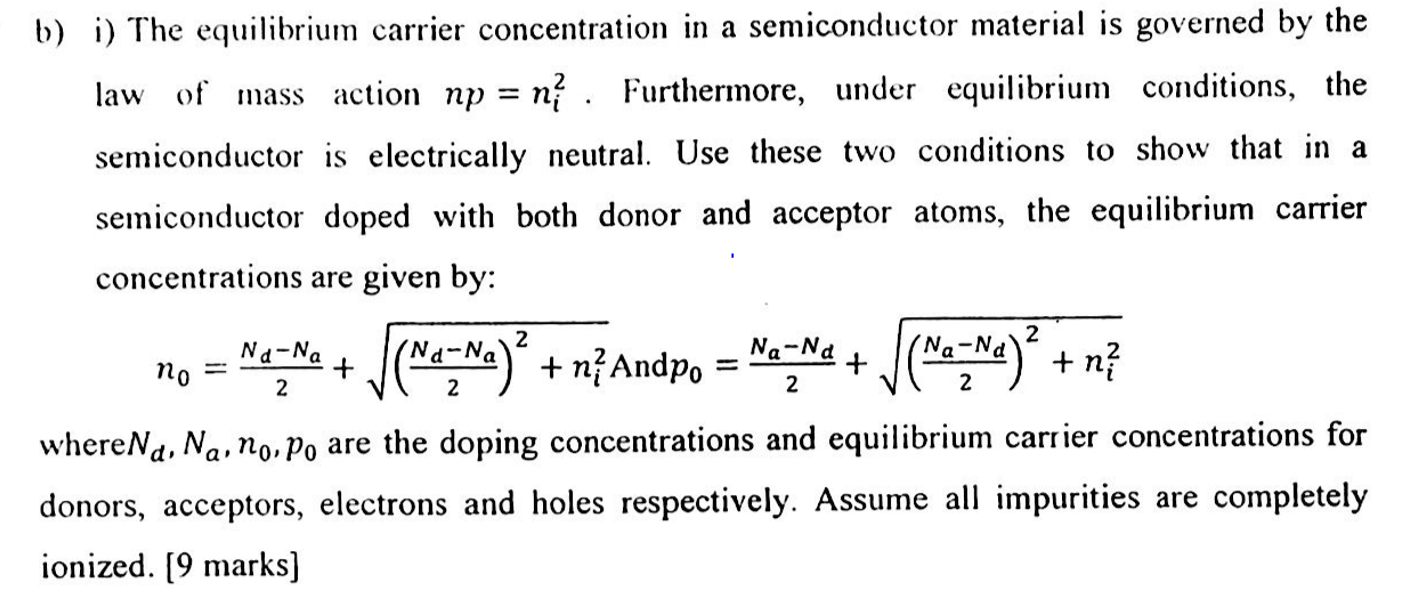
Source: YouTube
Semiconductor Carrier Concentration Overview
Semiconductors are materials that contain both majority and minority charge carriers. Majority carriers are more abundant, while minority carriers are less abundant. The equilibrium carrier concentration in a semiconductor can be altered through a process called doping, where impurities are intentionally added to the material.
Equilibrium Carrier Concentration
The total number of carriers in the conduction and valence bands of a semiconductor, without any external bias applied, is known as the equilibrium carrier concentration. This concentration can be influenced by the addition of dopants.
For majority carriers, the equilibrium carrier concentration is the sum of the intrinsic carrier concentration (n_i) and the number of free carriers introduced by doping. In most cases, the doping level in a semiconductor is significantly higher than the intrinsic carrier concentration, making the number of majority carriers approximately equal to the doping level.
Law of Mass Action
At equilibrium, the product of the majority and minority carrier concentrations remains constant. This relationship is described by the Law of Mass Action, which states that the product of the equilibrium electron concentration (n0) and hole concentration (p0) is equal to the square of the intrinsic carrier concentration (n_i).
The Law of Mass Action can be mathematically expressed as:
n0 * p0 = n_i^2
Majority and Minority Carrier Concentrations
Based on the Law of Mass Action, the equilibrium carrier concentrations for n-type and p-type semiconductors can be determined. In n-type semiconductors, the electron concentration (n0) is equal to the concentration of donor atoms (N_D), while the hole concentration (p0) is calculated as n_i^2 / N_D.
Conversely, in p-type semiconductors, the hole concentration (p0) equals the concentration of acceptor atoms (N_A), and the electron concentration (n0) is given by n_i^2 / N_A.
Effect of Doping on Carrier Concentration
Increasing the doping level in a semiconductor results in a decrease in minority carriers. For instance, in n-type materials, the extra electrons introduced by doping will fill the holes in the valence band, thereby reducing the number of available holes.

Source: Chegg
Feel free to comment your thoughts.
